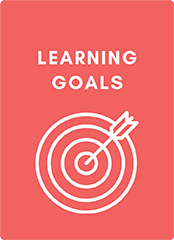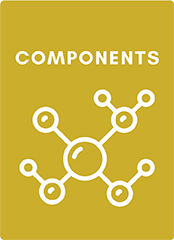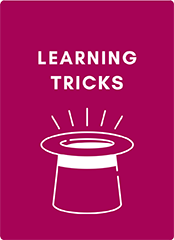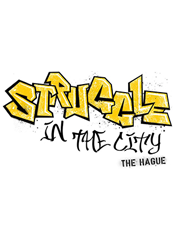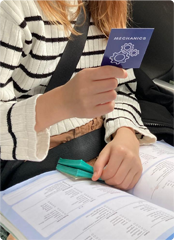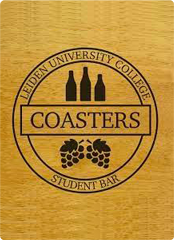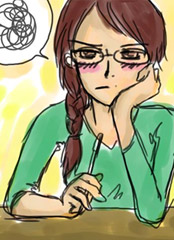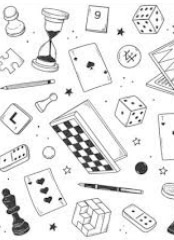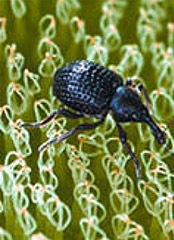
OBJECTIVE
To teach anyone the basics of game design, the power of designing games for learning, and the confidence that they can be awesome game designers in little time-provided they break free from their game histories, and explore new (surprising) combinations of game elements. You can use the card deck in whatever way you wish to make this happen. Here are a few suggestions to get you started.
THE ALPHABET
Pile Sorting:
Players are given the deck of mechanic cards and tasked with sorting them into categories:
- Any kind of category counts.
- Find a category for every mechanic.
- Make sure no mechanic is on its own.
Matching:
Using any of the decks (mechanics, settings, components, learning objectives, and tricks), try to match the elements with a real game.
Working in groups against other groups and enforcing a time limit can really help you learn this alphabet.
CONCEPT GENERATOR
Players are assigned/choose elements from the different decks, for example:
- 1 learning objective
- 1 setting
- 2 components
- 3 mechanics
- 1 learning trick
They are tasked with coming up with a unique game concept that must include (but is not limited to) all those elements. Players fill out the game concept form and their concepts are assessed.
Working in groups on the same conditions and adding a best concept wins adds excitement. Assessing by vote (not on your own) is also fun and insightful.
CONCEPT EVOLUTION
Players need to get used to the experience of receiving feedback on creative concepts and incorporating feedback into new design.
A quirky human trait of ours is to overvalue the things we build overselves. Getting critical feedback on our ideas is tough. Taking it in and really working with it is a skill most of us could work on. Here are two ways to make this easier and fun:
Sabotage: Take away and/or insert new elements into a players’/groups’ initial design.
Co-creation: Rotate designs to other players to build on and make improvements.
How to learn recognition, empathy, and out-reach
How to learn tough French words in the car
How to build confidence at the student bar
How to add drama to learning the traffic rules
How to better understand the readings
How to test your game concept
How to teach Kenyan school kids about biocontrol
How to find your research topic
How to set goals at the start of University
